This post is also available in: English हिन्दी (Hindi) বাংলা (Bengali)
It is not easy to bathe a newborn. And most parents who attend my prenatal classes are naturally worried about how to bathe these tiny, slippery, delicate new beings. In my opinion their worries are not just justified but also essential because it helps them gear up for the challenge of handling their little ones who have just emerged from the underwater environment in the womb. At first these tiny creatures still have incomplete skin and an underdeveloped temperature control mechanism and require a very cautious approach.
Below are some tips I give parents to make their baby’s bath comfortable.
The first bath after birth

The first bath after birth should ideally be given 24 hours after the baby is born in consultation with the paediatrician. This allows time for the infant to transition to life outside the womb. It also allows both mother and baby to focus on bonding and early breastfeeding.
The goal of the first bath should be to remove unwanted blood and meconium on the surface of the body. No attempt should be made to scrub off the vernix caseosa which is a white cheese like covering with which the baby is born. The vernix caseosa is a natural protective moisturizer that works towards skin cleansing, disinfection and wound healing. It must be allowed to shed on its own over a period of time.
You can use a mild (non-soap) cleanser with neutral pH to bathe your baby. This does not affect the vernix caseosa if it is gently applied. Avoid scrubbing. And finish the bath in less than 10 minutes.
The first bath is usually given in the hospital by an expert nurse. Be present during the bath and observe carefully. It is a great learning experience.
Bath in the first 3 weeks (before the umbilical stump falls off)

For the first 2 – 3 weeks after birth it is better if you give your baby sponge baths instead of tub baths for the following reasons:
- The umbilical stump is still present and must be kept clean and dry. The easiest way to do this is to avoid getting it wet during the bath.
- Your baby is still very small and difficult to handle and may slip from your hands.
- Your baby is still trying to get used to life outside the womb and does not have a perfectly functioning body temperature control mechanism required for a full bath.
Steps to follow for the sponge bath
- Choose a clean warm room for the bath.
- Turn off your phone.
- Get all the things you will need for the bath ready.
- Ideally have someone available to help out during the bath.
- Wrap your baby in a thick towel. Hold your baby in your lap and sit on the floor so that there is no chance of you losing grip of your baby and dropping her/him.
- Start by wiping the face with a wet cloth. Do not use soap.
- Uncover one body part at a time and wipe it with a wet cloth. Then wipe with a cloth dipped in a mild non-soap cleanser. Then rinse off the area by squeezing a few drops of water from another wet cloth onto the soaped area. Then wipe dry. Soap may not be essential at every bath.
- Start from the top and end with the diaper area.
Points to remember –
- The eyes and ears have a self-cleaning mechanism. There is no need to clean them with buds etc.
- Pay special attention to the creases under the arms, around the neck, behind the ears and in the genital area.
- It is ideal to shampoo on a different day – as both bath and shampoo at the same time may be too much exertion for the baby. Keep your baby completely wrapped in the towel while shampooing
- If you wipe the diaper area well during diaper changes you need not bathe your baby more than 2 -3 days a week. More bathing may dry out their skin
- Clean and dry all bath equipment after every use to avoid bacteria and fungus growing on them.
- If your baby has a very messy bowel movement which touches the umbilical stump – wash it off gently with soap and water and then pat it dry.
Bath after the umbilical stump falls off

Once the umbilical stump has fallen off you can begin giving your baby tub baths.
Steps to follow for a tub bath
- In a warm room – arrange all the bath supplies. Switch off your phone and call someone to help you.
- Test the water. It should feel warm to the inside of your wrist.
- Undress your baby.
- Hold your baby firmly with the non- dominant hand. Hold your baby under the shoulders. Let your wrist support the neck.
- Start pouring water on your baby starting with the feet.
- Take a very small amount of non- soap cleanser in your palm and rub it all over the body ending with the diaper area. Pay special attention to the creases.
- Quickly wash off the soap with water.
- Wrap in a bath towel with hood as soon as the baby is out of the bath and dry thoroughly.
Precautions for the tub bath
- Never leave your baby alone in the water for even a few seconds. A baby can drown in a few centimetres of water.
- Do not use too many products on your baby’s skin to avoid contact sensitization and allergies.
- Ideally shampoo the hair on a different day.
- Keep your baby calm through the bath by singing and talking. Ask the person assisting you to keep one hand on the baby’s abdomen. This helps keep your baby secure.
Don’t panic – most babies are likely to cry when they are bathed the first few times. However, if you remain calm and confident and make all efforts to keep the bath quick and your baby comfortable. Your baby is likely to enjoy bath time by the age of three months.
By
Dr Debmita Dutta MBBS, MD – Parenting Consultant

About Dr Debmita Dutta – Dr Debmita Dutta is a practising doctor, a Parenting consultant and the founder of the website https://whatparentsask.com/ – a video based website that provides expert answers to parenting questions. She is based in Bangalore and conducts Parenting workshops and prenatal classes for pregnant parents in addition to her medical practice. She believes that parenting stress can be relieved significantly when parents are well informed about their children’s growing brains and bodies.
This post is also available in: English हिन्दी (Hindi) বাংলা (Bengali)
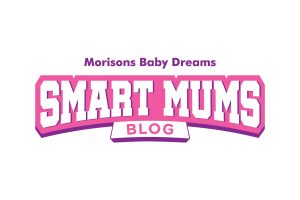
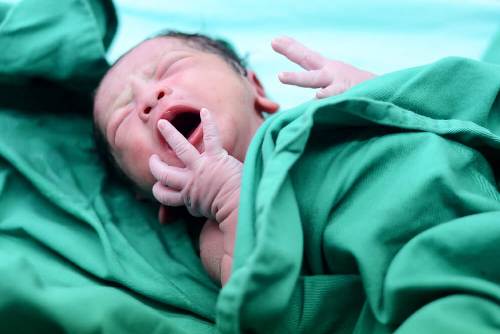
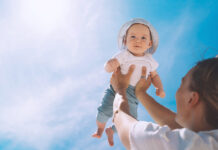
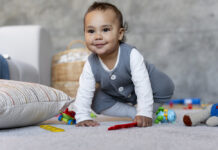
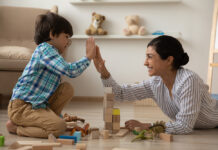





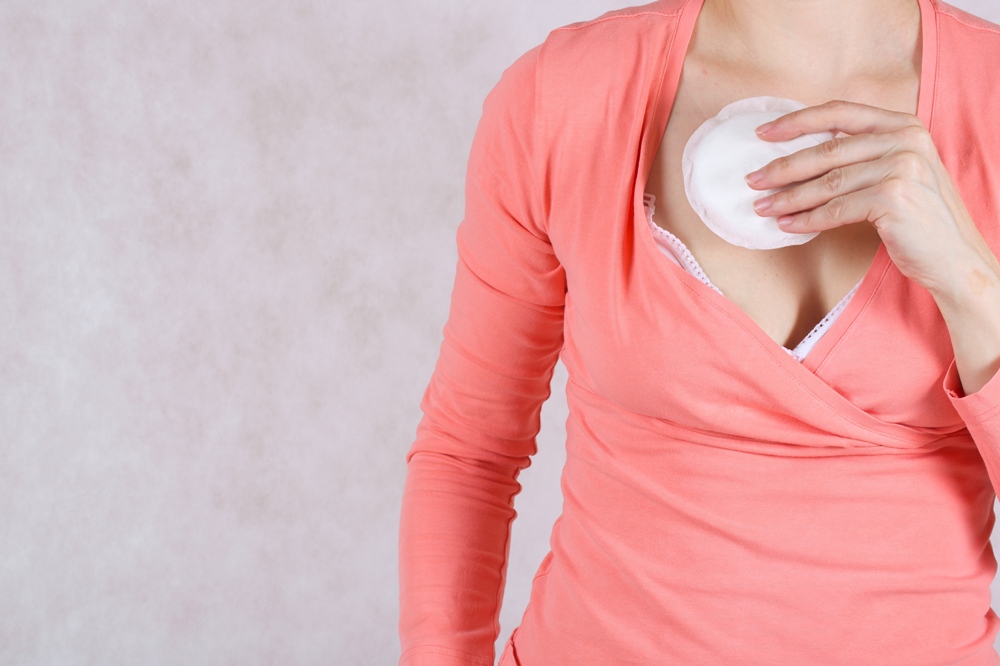
Hi, this article really useful for me. I confused for choosing the information what would be the best for everything. But review this article my confusion has cleared, Thanks a lot for sharing such an informative article about baby care and I have pleased to get this blog page. I have read your valuable page and gotten much information. Baby